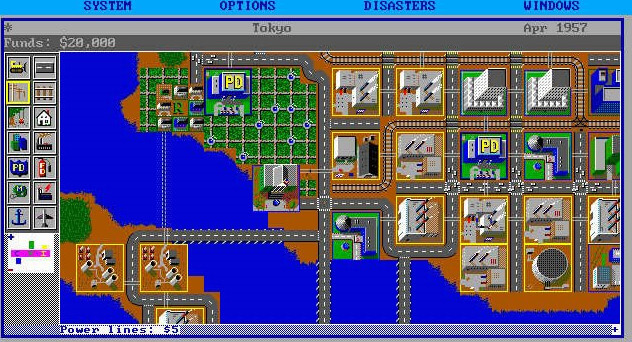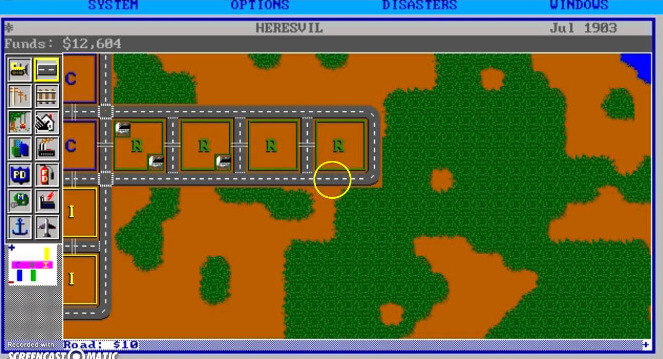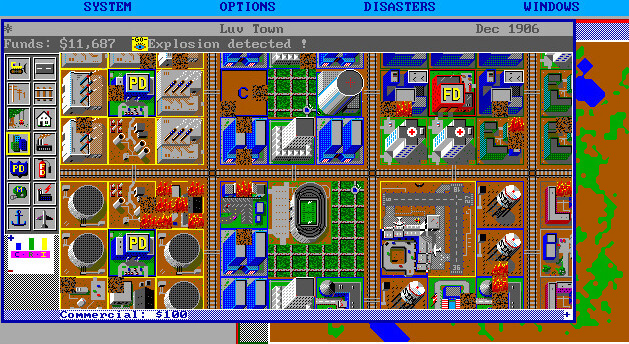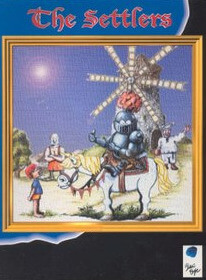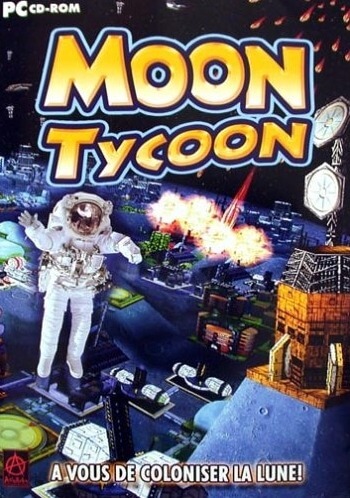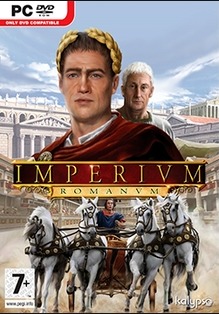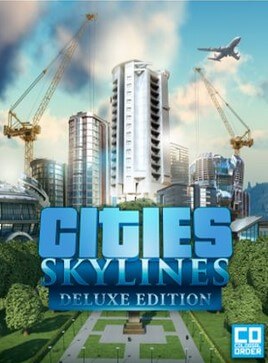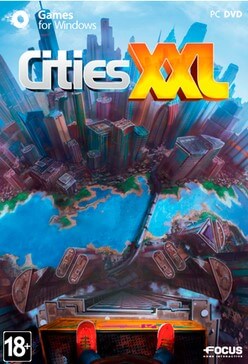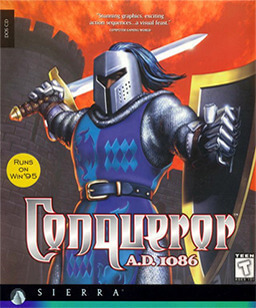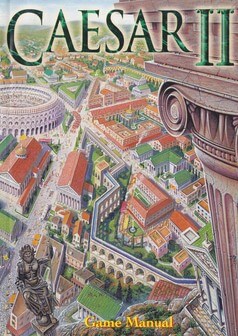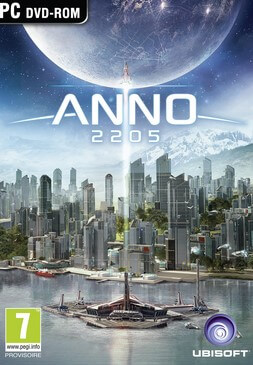Gameplay
The objective of SimCity is to build and design a city, without specific goals to achieve. The player can mark land as being zoned as commercial, industrial, or residential, add buildings, change the tax rate, build a power grid, build transportation systems and take many other actions, in order to enhance the city. Once able to construct buildings in a particular area, the too-small-to-see residents, known as "Sims", may choose to construct and upgrade houses, apartment blocks, light or heavy industrial buildings, commercial buildings, hospitals, churches, and other structures. The Sims make these choices based on such factors as traffic levels, adequate electrical power, crime levels, and proximity to other types of buildings—for example, residential areas next to a power plant will seldom appreciate to the highest grade of housing. In the Super NES version and later, the player can also build rewards when they are given to them, such as a mayor's mansion or a casino.
The player may face disasters including flooding, tornadoes, fires (often from air disasters or shipwrecks), earthquakes and attacks by monsters. In addition, monsters and tornadoes can trigger train crashes by running into passing trains.
Scenarios
SimCity includes goal-centered, timed scenarios that could be won or lost depending on the performance of the player. The scenarios were an addition suggested by Brøderbund in order to make SimCity more like a game. The original cities were based on real world cities and attempted to re-create their general layout. While most scenarios either take place in a fictional timeline or have a city under siege by a fictional disaster, a handful of available scenarios are based on actual historical events.
Development
SimCity was developed by game designer Will Wright. While working on the game Raid on Bungeling Bay, in which the player flies a helicopter dropping bombs on islands, Wright found he enjoyed designing the islands in the level editor more than playing the actual game. This led him to develop increasingly sophisticated level editors. At the same time, Wright was cultivating a love of the intricacies and theories of urban planning and acknowledges the influence of System Dynamics which was developed by Jay Wright Forrester and whose book on the subject laid the foundations for what would become SimCity. In addition, Wright also was inspired by reading "The Seventh Sally", a short story from The Cyberiad by Stanisław Lem, in which an engineer encounters a deposed tyrant, and creates a miniature city with artificial citizens for the tyrant to oppress. The game reflected Wright's approval of mass transit and disapproval of nuclear power; Maxis president Jeff Braun stated "We're pushing political agendas".
The first version of the game was developed for the Commodore 64 in 1985; it was not published for another four years. The original working title of SimCity was Micropolis. The game was unusual in that it could neither be won nor lost; as a result, game publishers did not believe it was possible to market and sell such a game successfully. Brøderbund declined to publish the title when Wright proposed it, and he pitched it to a range of major game publishers without success. Finally, Braun, founder of the tiny software company Maxis, agreed to publish SimCity as one of two initial games for the company.
Wright and Braun returned to Brøderbund to formally clear the rights to the game in 1988, when SimCity was near completion. After Brøderbund executives Gary Carlston and Don Daglow saw SimCity, they signed Maxis to a distribution deal for both of its initial games. With that, four years after initial development, SimCity was released for the Amiga and Macintosh platforms, followed by the IBM PC and Commodore 64 later in 1989.
Reception
SimCity was a financial success, selling one million copies by late 1992. In the United States, it was the ninth best-selling computer game from 1993 to 1999, with another 830,000 units sold. It was critically acclaimed and received significant recognition within a year after its initial release.
In addition, SimCity won the Origins Award for "Best Military or Strategy Computer Game" of 1989 in 1990, was named to Computer Gaming World's Hall of Fame for games readers highly rated over time, and the multiplayer X11 version of the game was also nominated in 1992 as the Best Product of the Year in Unix World. Macworld named the Macintosh version of SimCity the Best Simulation Game of 1989, putting it into the Macintosh Game Hall of Fame. Macworld, in their review, praised its graphics as well as its strategic gameplay, calling it "A challenging, dynamic game, realistic and unpredictable", and notes how "as the population grows the city's sic needs change." SimCity was named #4 "Ten Greatest PC Game Ever" by PC World in 2009. It was named one of the sixteen most influential games in history at Telespiele, a German technology and games trade show, in 2007. Sid Meier in 2008 named SimCity as one of the three most important innovations in videogame history, as it led to other games that encouraged players to create, not destroy. It was named #11 on IGN's 2009 "Top 25 PC Games of All Time" list. In 1996, Computer Gaming World declared SimCity the 6th-best computer game ever released.
Entertainment Weekly gave the game an B+.
In 1991, PC Format named SimCity one of the 50 best computer games ever. The editors called it "a town planner's dream".
The University of Southern California and University of Arizona used SimCity in urban planning and political science classes. In 1990 The Providence Journal invited five candidates for Mayor of Providence, Rhode Island to manage a SimCity town resembling the city; former mayor Buddy Cianci, who was the most successful, won election that year. Chuck Moss of The Detroit News found that Godzilla attacking the city in the 1972 Detroit scenario caused less destruction than the mayoralty of Coleman Young.







